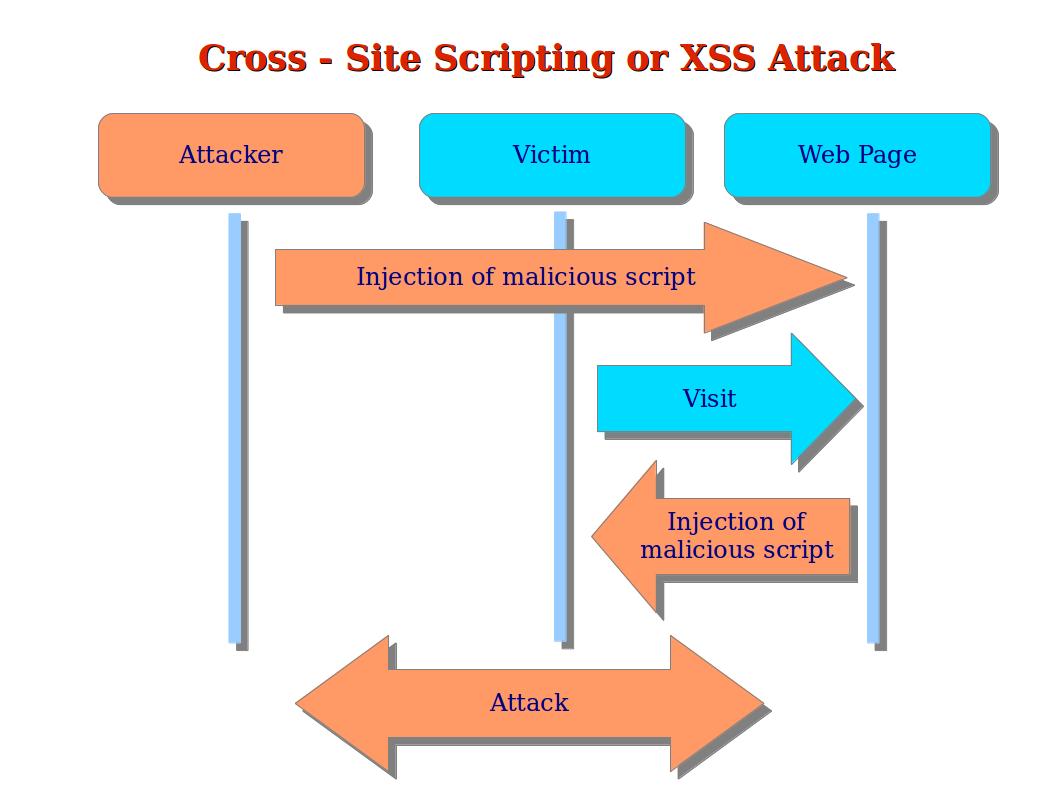Cross-Site Scripting (XSS)

Cross-site scripting (XSS) is a type of web security vulnerability that allows an attacker to inject malicious scripts into a web page that is viewed by another user. This can give the attacker access to the user’s cookies, session data, and other sensitive information. XSS can be used to perform a variety of attacks, including:

- Stealing user credentials
- Redirecting users to phishing websites
- Spreading malware
XSS attacks are often launched through malicious links or emails that trick users into clicking on them. When the user clicks on the link, they are taken to a website that is controlled by the attacker. The attacker’s website then injects malicious scripts into the user’s browser.

There are a number of things that website developers can do to prevent XSS attacks, including:
- Input validation: Validate all user input to make sure that it is safe.
- Output encoding: Encode all output to prevent it from being interpreted as script code.
- Use a content security policy: A content security policy (CSP) is a set of rules that define which external resources a web page can load. CSPs can be used to prevent XSS attacks by blocking malicious scripts from loading.
If you believe that you have been the victim of an XSS attack, you should immediately change your passwords and contact your bank or credit card company. You should also run a malware scan on your computer.
